
Published: Last Updated:
Readtime: 9 min
Every product is carefully selected by our editors and experts. If you buy from a link, we may earn a commission. Learn more. For more information on how we test products, click here.
Tesla Full Self-Driving (Supervised) has arrived in Australia, and I was among the first media to test the software on public roads.
It’s an advanced driver-assistance system compliant with all current state and federal laws, and it is, quite simply, the most impressive piece of technology that I have ever experienced in a car. I’m saying that as a self-described cynic of nearly all new car technologies, because they usually don’t work.
I’ve driven everything from Rolls-Royce to Chery, but in this article, I will share my experience with Tesla Full Self-Driving (Supervised) on the public roads around Brisbane, Queensland. First, I’ll answer some of your questions.
What is Tesla Full Self-Driving (Supervised)?
Before discussing anything else, we must stress that Tesla Full Self-Driving (Supervised) is an SAE Level 2 System compliant with all current state and federal laws.
That means that you are driving the car, and the vehicle is not driving you. While it proved that it can drive itself around most of the time, it isn’t a perfect system, and our video shows that it makes the odd mistake at lower speeds. That’s perfectly fine because the responsibility falls on you as the driver, and according to the SAE J3016 standards, you must constantly supervise the support features (steer, brake, or accelerate) as needed to maintain safety.
The words “maintain safety” carry all the weight here because you are responsible for the car’s actions, even if it steers itself into the back of a garbage truck.
SAE Level 2 standards say that features in this category provide steering, brake, and acceleration support to the driver. Meanwhile, at the lower end of the spectrum, SAE Level 1 systems provide steering or brake and acceleration support ot the driver. SAE Level 3 systems are a completely different ball game, as the responsibility moves elsewhere, as you are no longer classified as the driver when these automated systems are engaged.
To ensure the driver is paying attention, it uses the car’s interior camera to ensure you’re not staring out of the window, playing on your phone, or being distracted.
Man of Many also reached out to Transport for NSW for clarification, and this is what a spokesperson had to say:
“While Tesla’s Full Self Drive (Supervised) system is capable of providing significant assistance to the driver through lane keeping, speed control and traffic light detection, it is not capable of undertaking the entire driving task and is therefore an advanced driver assistance system.”
“When using any advanced driver assistance system, drivers must retain proper control of the vehicle at all times. The driver is also legally responsible for the vehicle’s safe operation, including compliance with all road rules.”
“Drivers should be aware of the limitations of any driver assistance system, including circumstances and conditions when it may not be capable of ensuring the safety of all road users.”

When Will Tesla’s Full Self-Driving (Supervised) Get Released?
Full Self-Driving (Supervised) will be rolled out as a scheduled release to owners with FSD software already on their vehicles. We would share a specific date, but we don’t have one.
It will start with HW4 vehicles (Model 3 and Model Y HW4), but it’s unclear whether older models will receive it in the future. HW4 vehicles are roughly two to four times more powerful than HW3 vehicles, with improved fault tolerance, including dual redundant compute paths for greater safety. They also have higher-resolution 5MP cameras (HW3 used 1.2MP).
FSD (S) is available to purchase as a FSD option, but the brand will introduce a subscription model.
Here’s how much Full Self-Driving (Supervised) costs overseas:
- Basic Autopilot to FSD (Supervised) – USD$99.00 (approx. AUD$150) per month
- Enhanced Autopilot to FSD (Supervised) – USD$99.00 (approx. AUD$150) per month
We will have to wait until the software is loaded onto vehicles to figure out exactly what that is. We know that a 30-day trial will be shared upon delivery, allowing you to try before buying.
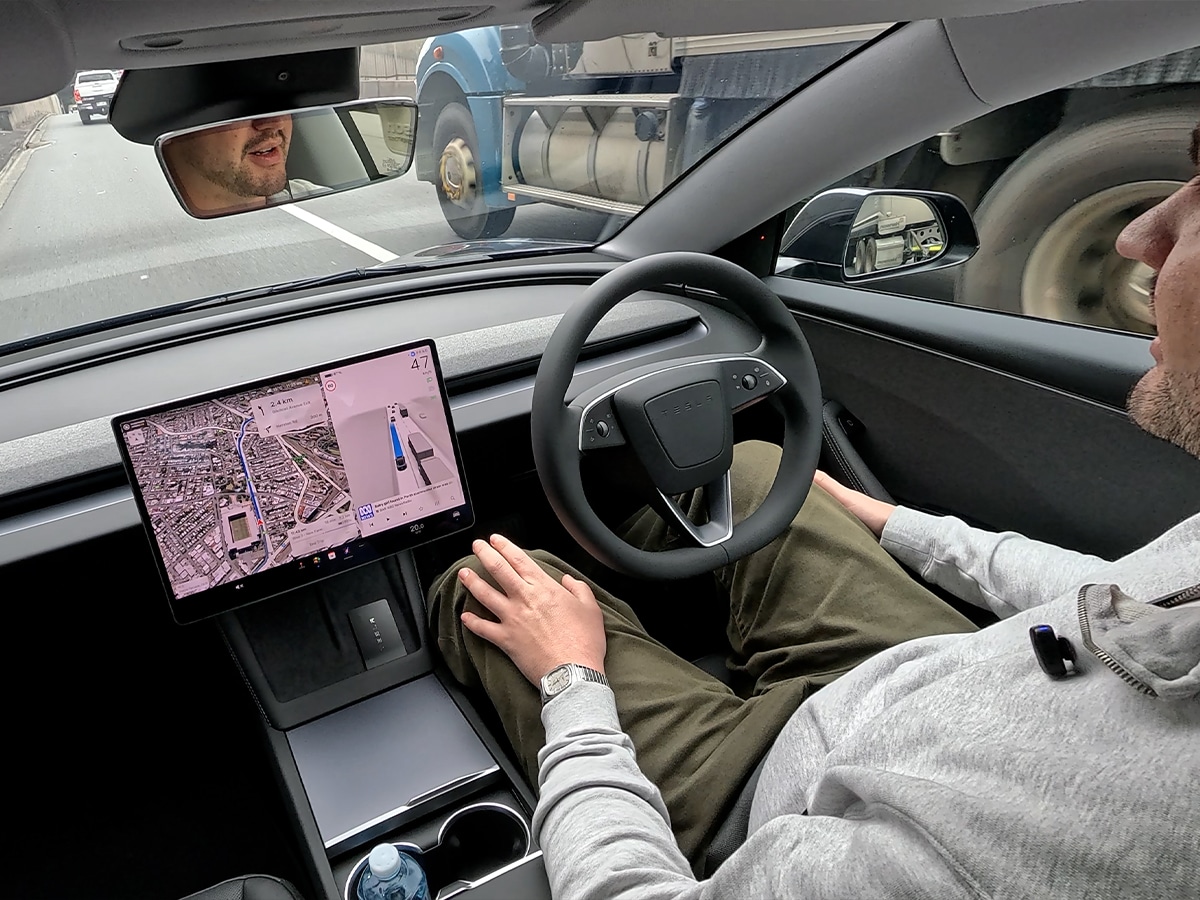
How Does Tesla Full Self-Driving (Supervised) Work?
To use Tesla Full Self-Driving (Supervised), you get in the car, set a destination, press the button on the right-hand side of the steering wheel, and it takes off.
Once activated, it uses the car’s cameras to monitor everything around it with 360-degree visibility. The safety features are powered by the same technology as FSD software to help reduce the severity of accidents or prevent them altogether. That’s what the brand’s website says, as we couldn’t speak with engineers at the event in Brisbane.
While the system isn’t perfect, and you still have to maintain safety, there’s almost nothing it can’t do to get you to your destination.
FSD (Supervised) can:
- Navigate from point A to B on the highway and in full urban settings.
- Handle turns, lane changes, roundabouts, and intersections (including traffic lights and stop signs).
- Merge onto the motorway, overtake slower traffic, and take the right exit.
- Adapt to speed limits, traffic flow, and road conditions.
When the system gets confused, it makes a loud beep and flashes lights to tell you it’s time to take over. It then takes these recorded clips and sends them back to Tesla to train and improve the system.
The interior camera constantly monitors the driver to ensure they’re paying attention and maintaining safety.
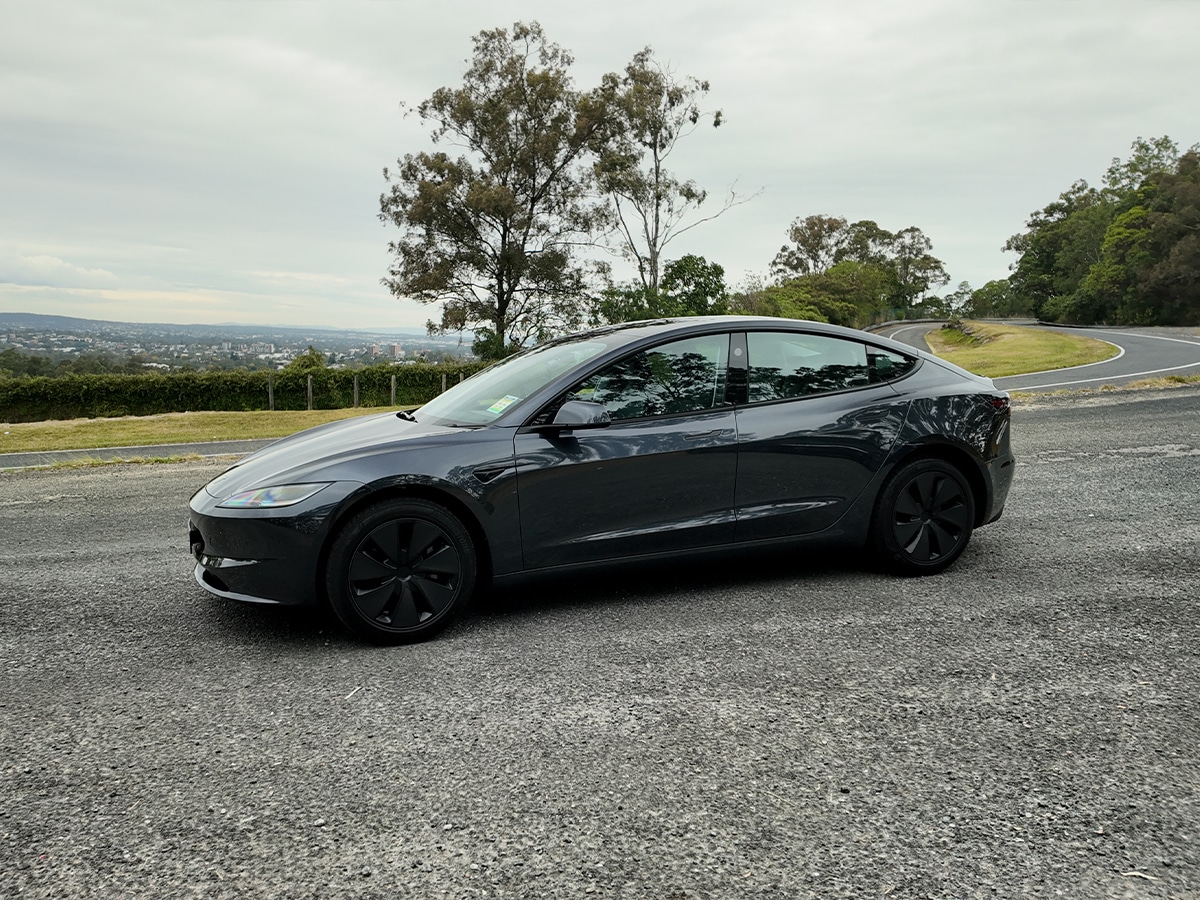
Our Tesla Full Self-Driving (Supervised) Experience
I flew to Brisbane on a whim, unaware of what I was about to experience.
I was half expecting a right-hand drive Cybertruck, but when we arrived at a test track, I immediately realised it would be related to Full Self-Driving. Maybe we’d be escorted around the track in a Model Y, or if we’re lucky, we’ll be let loose on our own. It’s what we’d come to expect from the brand based on years of prickly relationships with the media in the past.
Then, they told us we’d be testing out Full Self-Driving (Supervised) on public roads. The room went quiet, and we all looked at each other as if to say, “They’re really going to let a bunch of us motoring journalists loose on public roads with no hand-holding?”
It showed confidence in their product, which is essential when discussing an advanced driver assistance system that can drive you around hands-free.
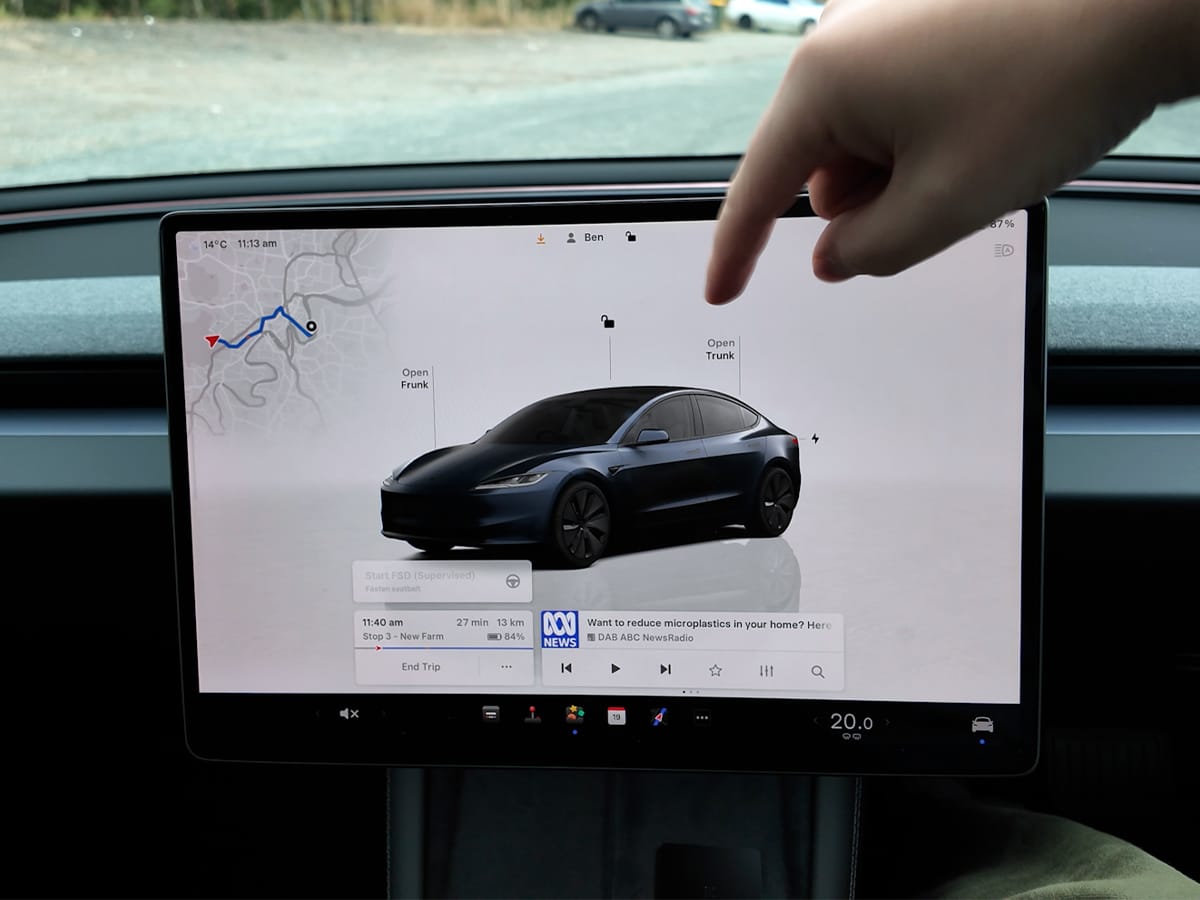
Next thing you know, we’re hopping into our cars. Based on fleet availability, it was a mix of the previous generation Model Y HW4 and the new Model 3. We selected the pre-programmed GPS route set up by Tesla, and away we went—we also tested the FSD (S) system off-route, but there weren’t any issues.
The next 100 kilometres or so were primarily driven by car, with routes around Brisbane and its surroundings that encompassed highways, back streets, dual carriageways, mountain roads, one-way streets, and built-up neighbourhoods. There wasn’t a scenario that FSD (S) couldn’t deal with, and while we did have to intervene on a couple of occasions, it was only a matter of turning the steering wheel or dabbing the brakes, and the car would hand back complete control immediately.
We never experienced a close call or serious safety intervention. The system almost always chose the correct lane, sat below the speed limit in built-up areas to maintain safety, and never made any sudden movements. It navigated around a bus that had pulled over, it avoided potholes (likely based on the information it captured when the brand set up the route), and it even stopped to let a car out of a carpark when the traffic had built up. You can see all of this in our video, linked above.
Every control it inputs is measured, but assertive. When it pulls out of an intersection, it’s never confused about what it needs to do. You monitor your surroundings by looking in your blind spots as if you were driving, but also through the screen, which displays the basics of what the car can see to ensure that it’s seeing the correct things.
Based in Sydney, we would like to test the system on roads we are more familiar with, as we never actually knew where we were going in Brisbane anyway. Still, it proved the most impressive technology we’d ever experienced in a car.
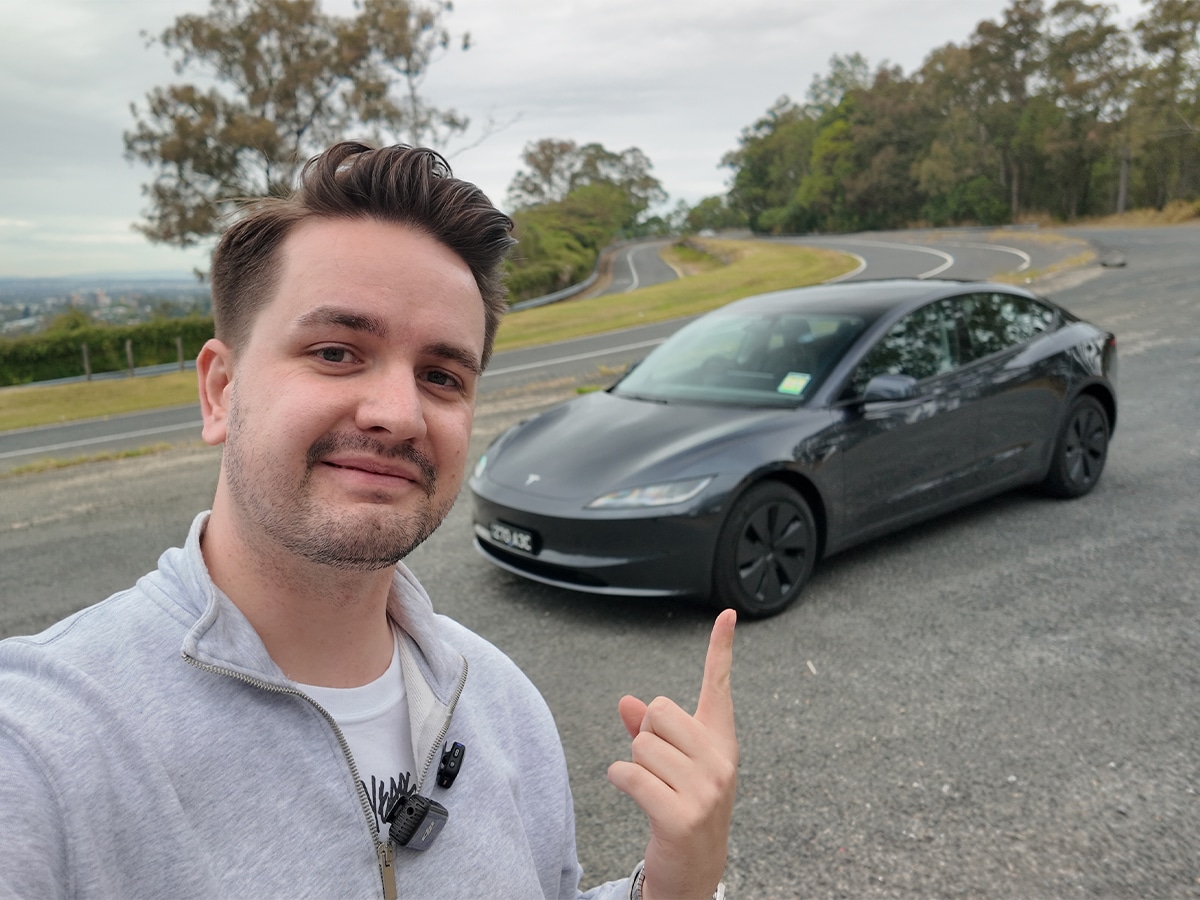
Your Questions Answered
After reading this article and watching our video, you likely have questions, and we want to answer them.
Let us know in the comments section below, and we’ll answer some of the most important ones here. We’ll also answer some questions left on our YouTube comments section here. Thanks for watching and reading!
Q: Where are the different Full Self-Driving Profiles?
Man of Many: Yes! The Full Self-Driving Profiles, including Chill, Average, and Assertive, weren’t in the menu on the software version we tested. Granted, it was an early version of the software that sat well below the speed limit, but it’s unclear if they’re coming to Australia at all.
Q: Potholes, speed humps, and moving over for emergency vehicles.
Man of Many: We found that the car occasionally avoided potholes, but this could’ve been a mere coincidence. It’s hard to test without spending hours in the car (or finding a nasty piece of road). When FSD (S) is activated, it sits far enough from the vehicle in front that it should be able to see the potholes and avoid them. Never had a problem with speed bumps, but it slowed down. We didn’t encounter any emergency vehicles on our drive, but they spend most of their time in the left lane anyway.


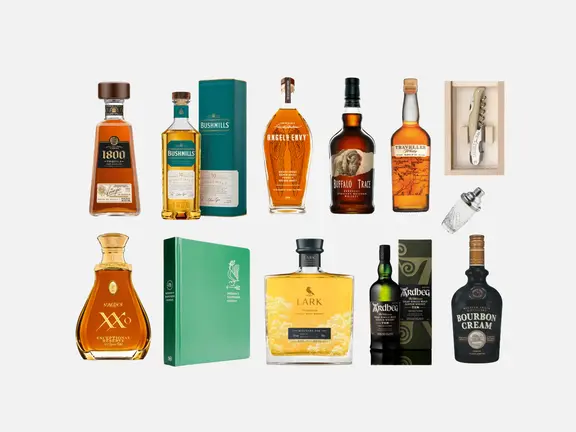




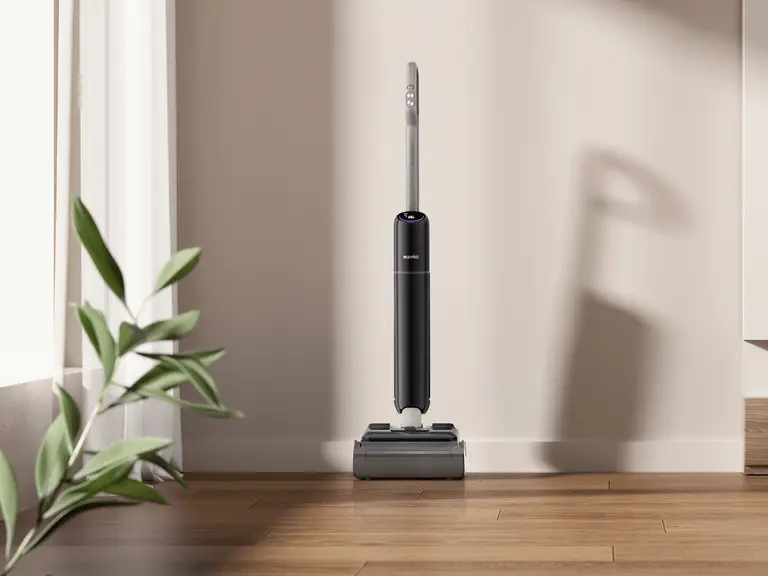






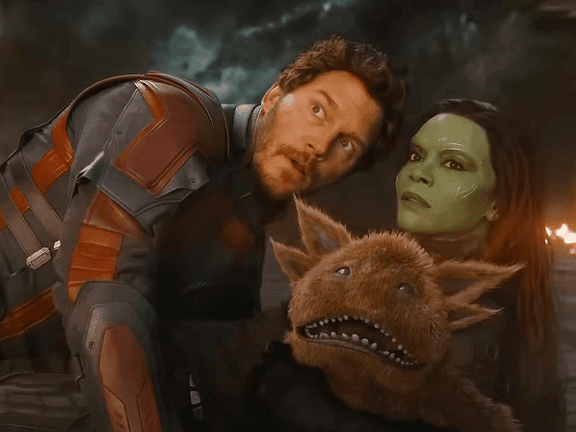
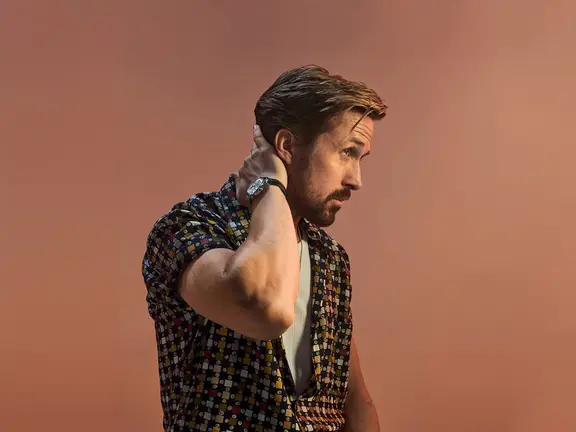



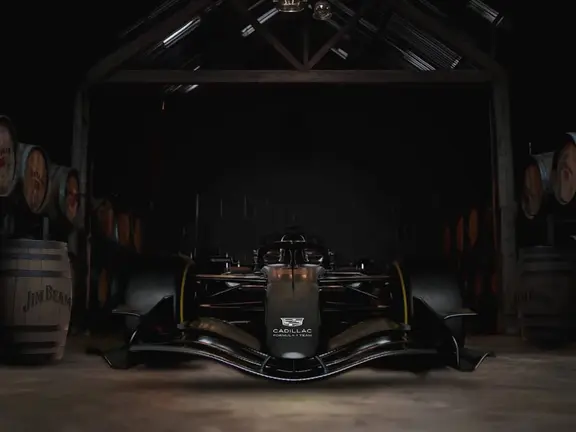




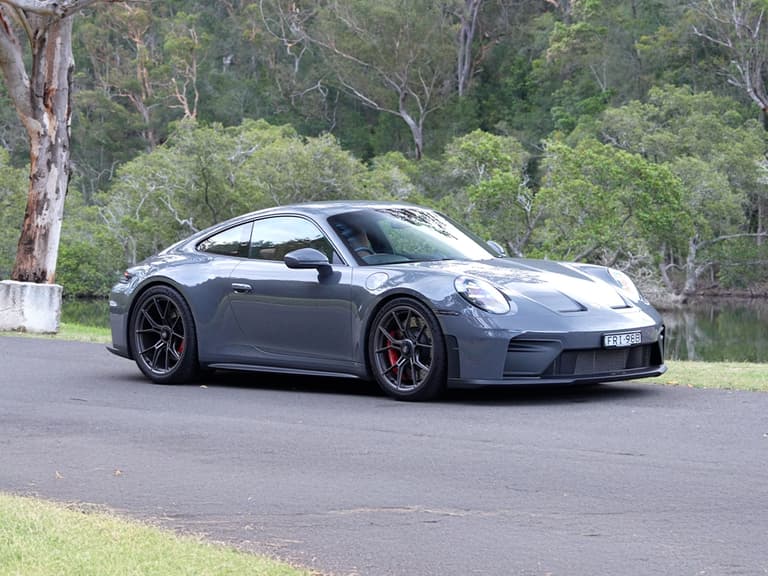
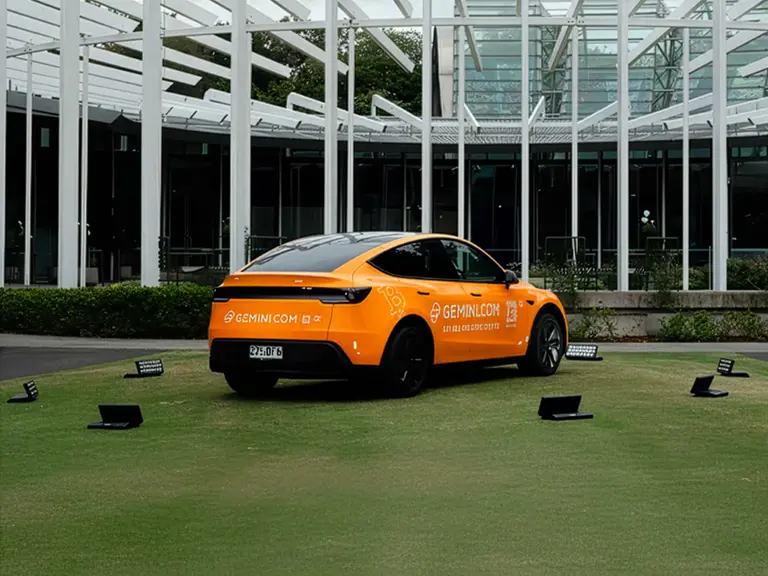
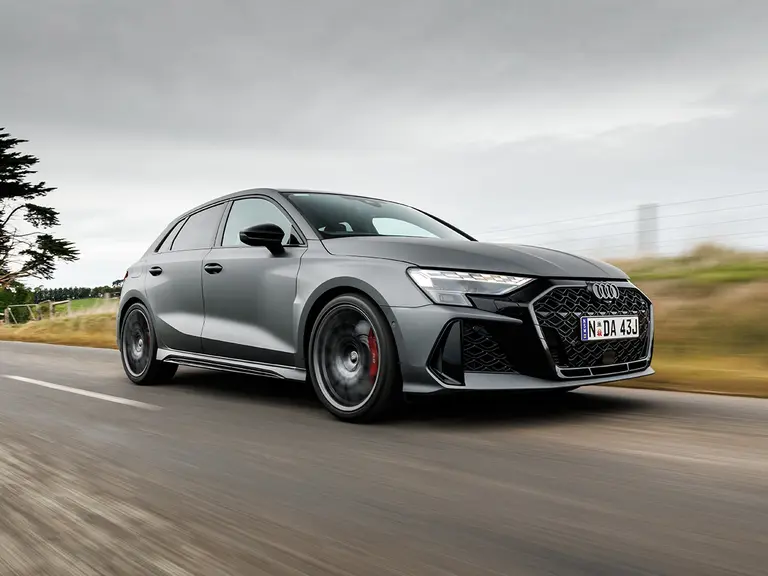
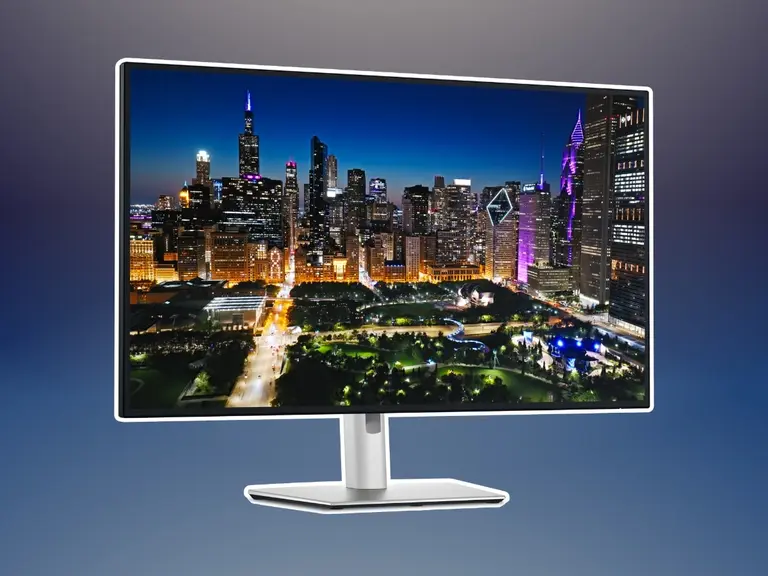

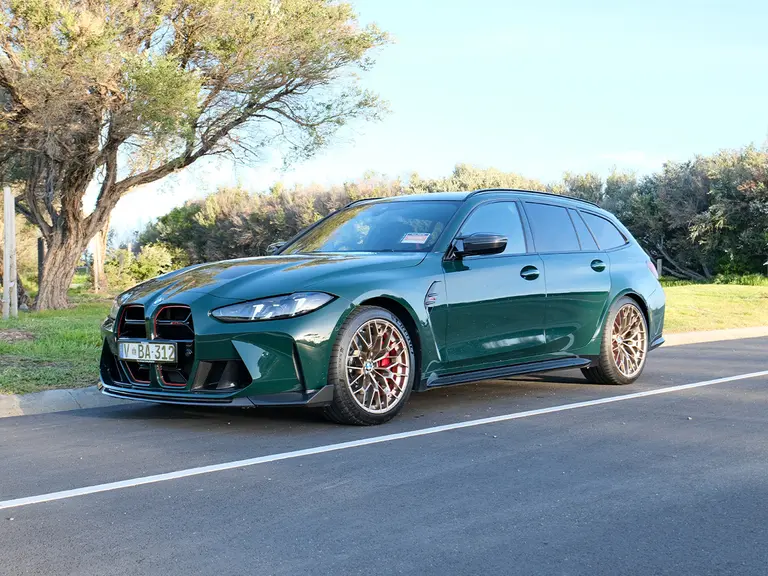

Comments
We love hearing from you. or to leave a comment.